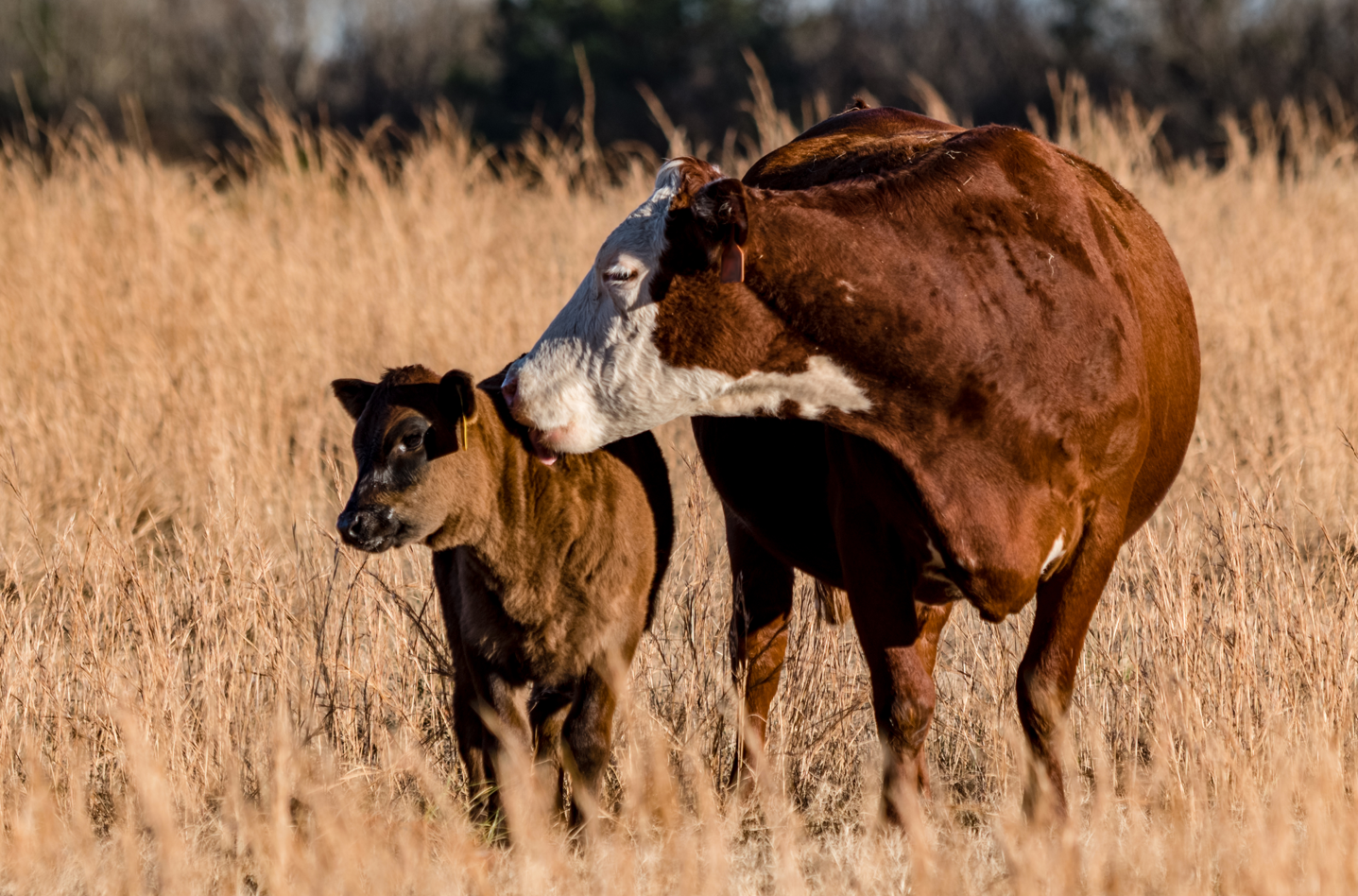Grazing Management
-

Drs. Lawton Stewart and Uttam Saha With forage quality ranging widely across Georgia, now is the time to double-check whether your cows are actually getting what they need before calving. Click below to learn how small nutritional gaps can lead to big losses in performance and profitability.
-

Brooke Stefancik – Curious about the history of alfalfa in Georgia? This article explores newspaper archives dating back to the 1800s to uncover how alfalfa has been grown and adapted across the state—highlighting that alfalfa can be successfully utilized today in Georgia.
-

Dr. Jennifer Tucker There are many factors that influence successful livestock-forage production systems and there are constant changes that we can make in our operations to help with forage improvement. This article goes over four key steps that will keep us on the right path toward improved forage systems.
-

Dr. Jennifer Tucker Unpredictable rainfall can wreak havoc when your operation is heavily reliant on the successful production of stored forages. This article will provide an overview how of how timing of harvest this year have influenced stored forage quality.
-

Drs. Lisa Baxter and Taylor Singleton Just like summer annuals, winter annual forages are an excellent tool for bridging theproduction gaps left by perennial forages systems. Click in this article and find useful information for growing winter annual forages this year.
-

Jennifer Tucker, Ph.D. Explore options to optimize winter forage systems, reduce reliance on stored feed, and boost herd performance with practical winter grazing strategies. Click the link below to access the article.
-

William Secor, Ph.D. It feels like some kind of weather event has been affecting Georgia beef cattle markets every few months this year. This article provides some basic concepts about Pasture, Rangeland, and Forage insurance for beef cattle producers.
-

Lisa Baxter, Ph.D. As the weather in the state gradually starts to change, it is important to have a game plan when it comes to forage management this fall. Click below to access Dr. Lisa Baxter’s article that includes a fall forage management checklist.
-

Lisa Baxter, Ph.D. Most tall fescue stands found in Georgia have a fungus that lives in the plant and can be transmitted in the seed. This endophyte has some benefits including pest resistance, drought tolerance, and persistence under grazing. However, the wild- or native-type endophyte (E+) produces toxins called ergot-alkaloids that can cause cattle to…
-

Jennifer Tucker, Ph.D. Attend any forage focused Extension program and you will assuredly discuss the importance of soil fertility, forage quality, having a forage plan, and utilizing proper seeding and planting practices. Each of these are key fundamentals to efficient and effective forage management and utilization and should not be overlooked in this article. A…
